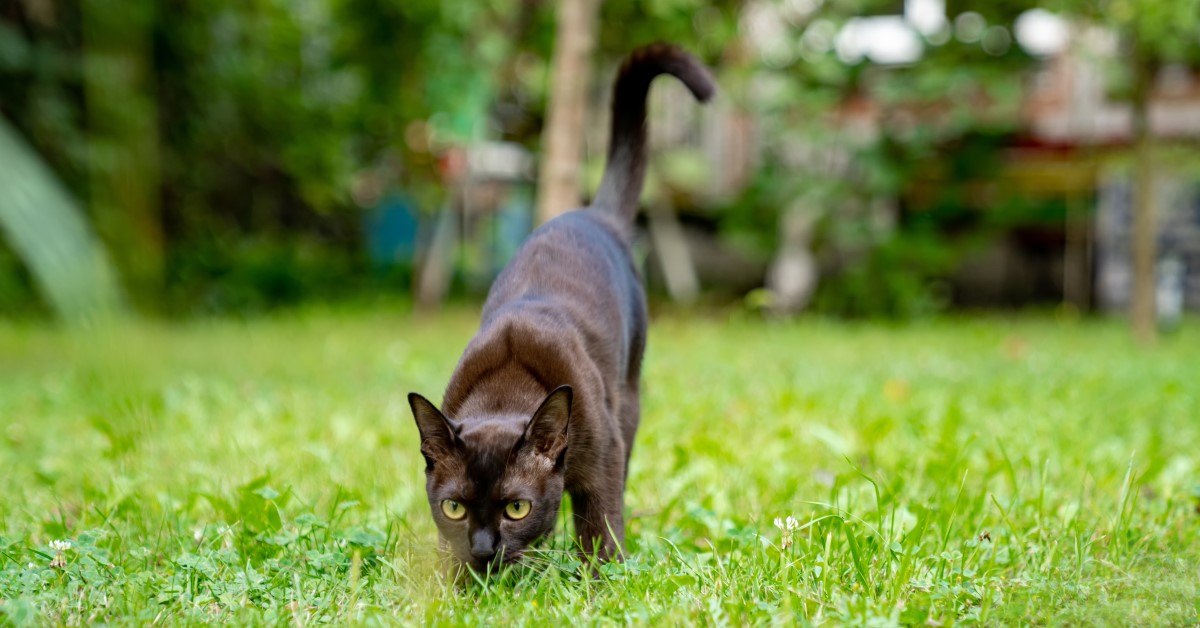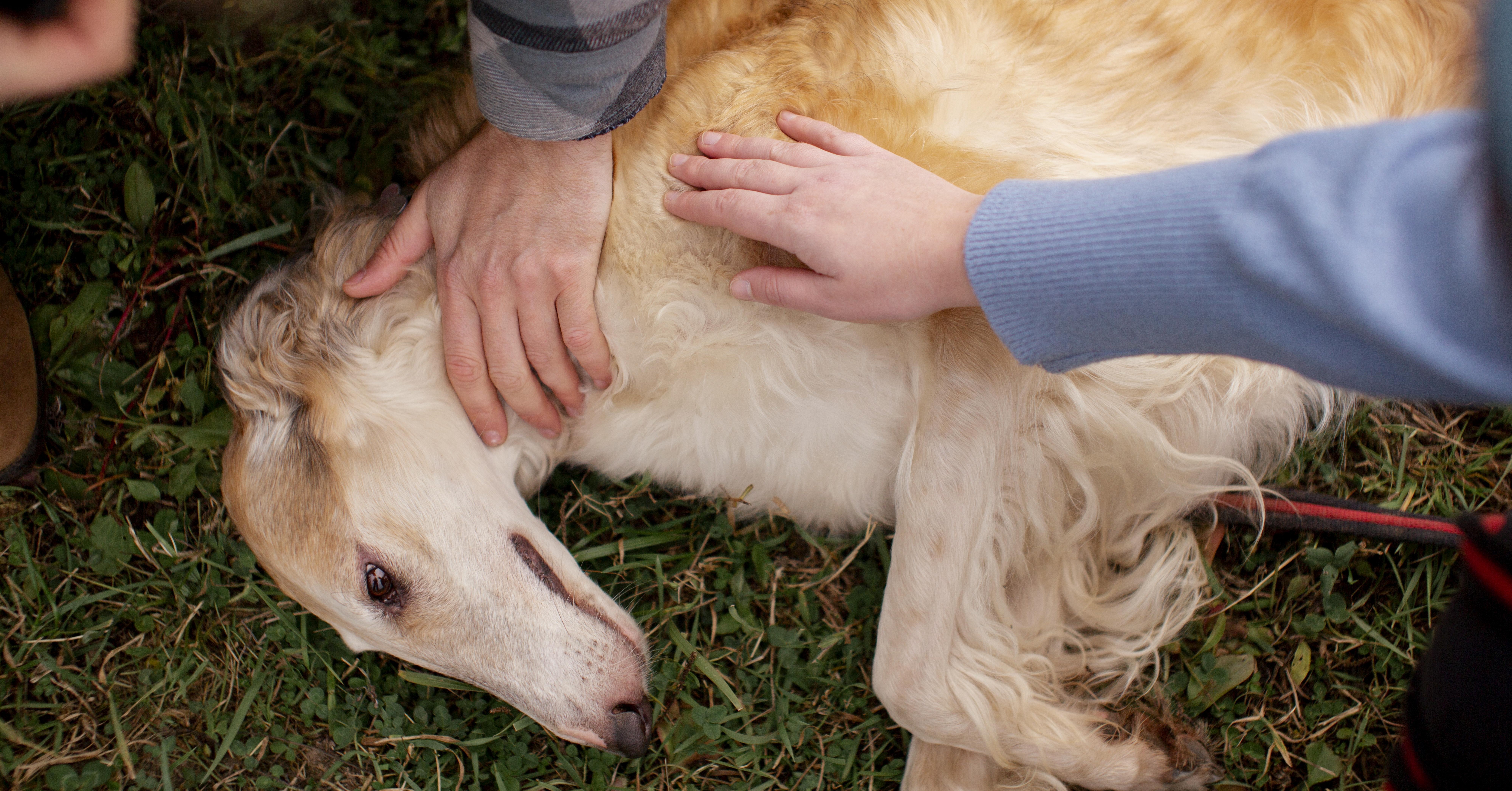Understanding Wobbly Cat Syndrome
Wobbly cat syndrome, also called cerebellar hypoplasia, is a non-contagious, non-progressive condition that impacts your cat’s motor skills.

Most cats are considered to be nimble and agile. However, some cats can be diagnosed with cerebellar hypoplasia, also known as Wobbly Cat Syndrome. Known to develop in the early stages of life, this condition can impact a cat’s mobility but doesn’t limit its ability to live a long and fulfilling life. Below, let’s take a deeper dive into wobbly cat syndrome to understand its causes, symptoms, and ways to live with a cat diagnosed with this condition.
What is Wobbly Cat Syndrome?
Wobbly Cat Syndrome is a neurological condition that impacts the cerebellum in a cat’s brain, affecting movement and motor skills. Usually, cats develop cerebellar hypoplasia in-utero when a mother becomes infected with feline panleukopenia. The condition can also be passed to kittens if the mother cat was malnourished or contracted other inflammatory diseases before giving birth.
Early detection can range from a slight head wobble to a severe tremor. Although it is a non-progressive disorder, an infected cat can be impacted for the rest of its life.
How Severe is Wobbly Cat Syndrome?
Veterinarians will usually designate three levels of CH severity for your cat: mild, moderate, and severe. Their descriptions are as follows:
- Mild - Mild cases of wobbly cat syndrome usually require no additional care or accommodations. These cats may have slight head movements when they are alarmed or put in an unfamiliar environment. They may occasionally lose their balance and have a different gait from a typical cat, but they will still be able to run, jump, and play like a non-wobbly cat.
- Moderate - Cats with a moderate level of CH may experience more noticeable head movements and can have difficulty walking or standing without falling over. They’ll often have a very exaggerated walk and will prefer to climb instead of jump, which could cause them to lose their balance.
- Severe - Cats with severe CH will need extra care and have difficulty walking a few steps without losing balance. Their heads will continuously move, and they may have trouble eating, drinking, or using a litter box. These cats need to have a modified environment to prevent them from becoming injured.
What Accommodations Should I Make for a Wobbly Cat?
A cat with wobbly cat syndrome can be loving and playful, just like a normal healthy cat. These cats usually do not have other health conditions and can live a long and fulfilling life. Making some small accommodations for your cat with CH can significantly impact their life, helping to keep them safe.
Some easy accommodations to make at home to protect your wobbly cat include:
- Litter Box - Some cats with CH can have difficulty balancing in the litter box. Wobbly cats may sometimes require a larger litter box to help them maneuver in the tight space.
- Limit Access - Cats suffering from CH should always be kept indoors only, so they do not become lost, injured, or prey . Wobbly cats may not be able to defend themselves like other cats.
- Extra Traction - To keep these pets safe and secure, they may need extra traction around the home for their claws to grip. They may enjoy some mats or carpeting throughout the house, especially on smooth surfaces like wood or tile. Wobbly cats should never be declawed.
- Food Bowl - Because wobbly cats suffer from head tremors, they tend to be messy eaters. You’ll want to make sure your cat has big sturdy food and water bowls. You may need to clean your cat’s food area more often because of frequent spills.
Luckily, wobbly cat syndrome is not a death sentence but a manageable condition your cat lives with. Diagnosed from an early age, it is easy to make your home manageable for a wobbly cat, ensuring your cat’s environment is safe. Wobbly cat syndrome is not contagious or progressive and, in some cases, only mildly inhibits movement.
Ready to start saving money on pet wellness care?
Then take a look at Mint Wellness, the pet wellness plan that provides fast reimbursement on routine pet care. Save on vaccinations, wellness exams, preventatives, dental, and more!
Learn More


